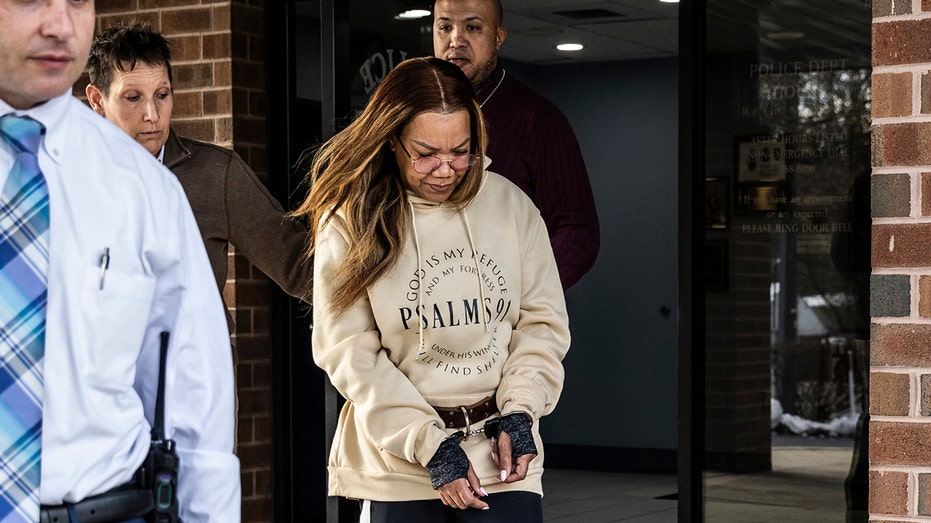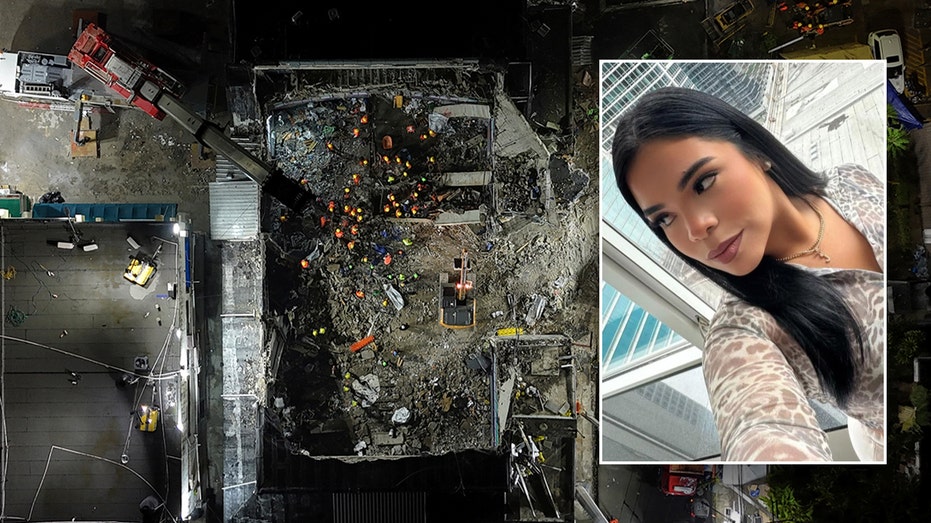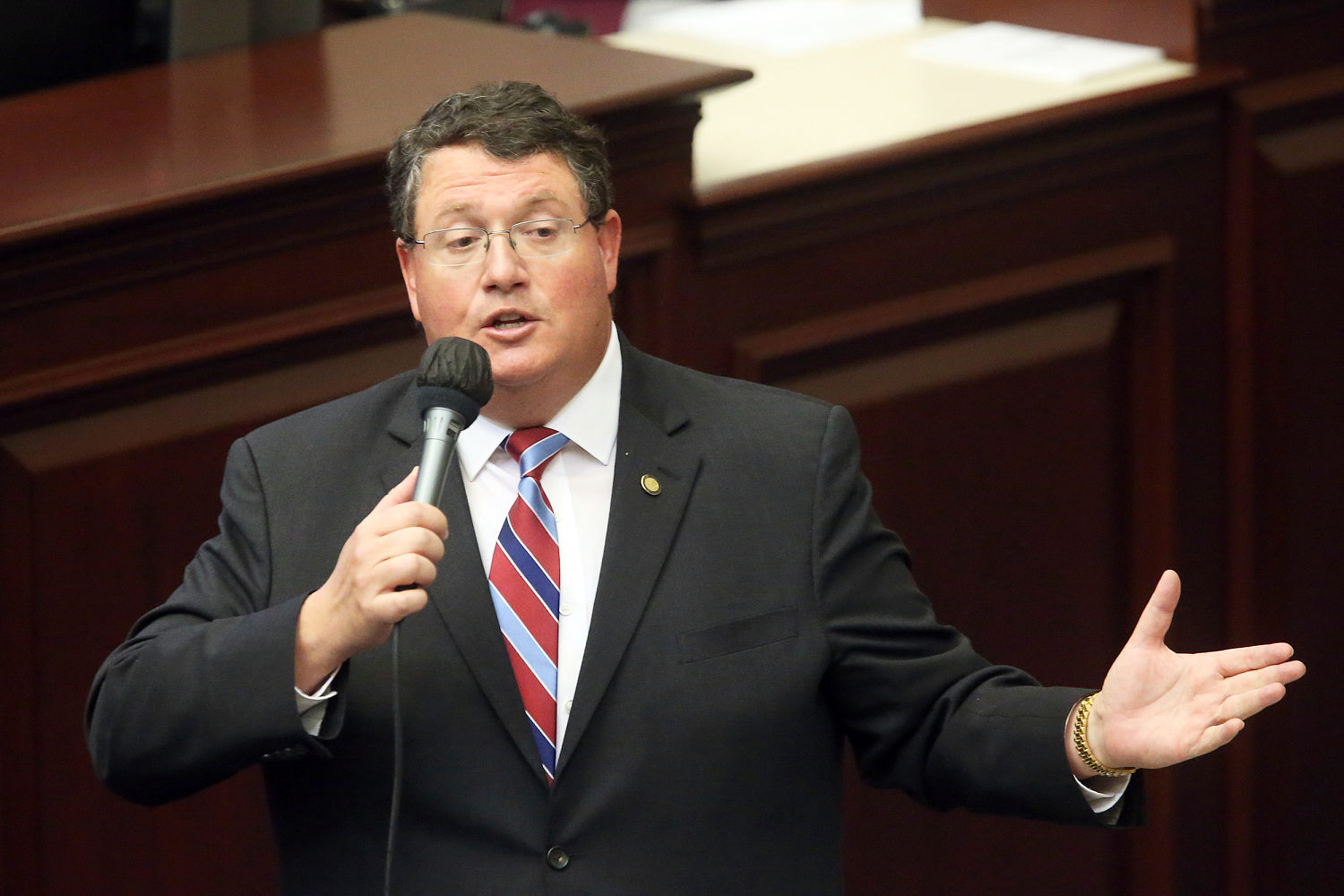ICE has long acted with impunity. Americans are only noticing now.
Simply by moving a detainee to a different jurisdiction, ICE can increase the likelihood of deportation.

As a former assistant chief counsel with ICE, I have experienced how three different administrations have wielded immigration authority. Mahmoud Khalil’s case is different.
Not because his arrest was authorized by Secretary of State Marco Rubio finding that Khalil’s “presence or activities in the U.S. would have potentially serious adverse foreign policy effect,” but because the American people are watching.
People watched as ICE agents went inside Khalil’s home on March 8, 2025, to arrest him, at first disclosing that his visa was being revoked, only to switch the charge when they discovered that he was a lawful permanent resident. The acting field office director, William P. Joyce, even submitted a sworn affidavit stating that Khalil was arrested “in front” of the residence, only to amend it the next day to state Khalil was arrested “in the front foyer.”
These contradictions aren’t anomalies but symptoms of an agency that has been afforded the presumption of reliability for too long. In immigration proceedings, judges are instructed to believe ICE officers over non-citizens, reinforcing a system where ICE’s statements are presumed truthful, even when they contradict themselves. Meanwhile, non-citizens enter the courtroom with a presumption of guilt, forced to prove their credibility in an already biased system.
Yet Khalil is one of the lucky ones. His lawyer, Amy E. Greer, worked through the night to file an emergency request to the District Court of the Southern District of New York to stop his transfer. But even with legal intervention, Khalil disappeared into the ICE transfer machine. ICE didn’t disclose to Khalil’s lawyer, or to his pregnant wife, that he would be transferred to New Jersey and then 1,000 miles away to Louisiana.
The transfer of non-citizens from facility to facility is a policy that has been in place since at least 2012. Rep. Jerry Nadler (D-N.Y.) expressed concern in August 2022 when at least 65 detainees from the county jail in Goshen, N.Y., were sent more than 1,300 miles away to Mississippi. ICE gave no notice to their family members for the simple reason that they are under no obligation to do so. Under ICE policy, they are also not required to inform a detainee’s counsel until 24 hours after the transfer.
The government argues that transfers are a logistical necessity, but critics argue that it is a deliberate strategy designed to bypass the immigration court system altogether. By placing detainees in facilities notorious for human rights abuses, like those in Louisiana, the government exploits inhumane conditions to pressure non-citizens into accepting voluntary departure rather than enduring months or even years in detention while their cases are pending.
The government manufactures deportation outcomes by shackling detainees for lengthy periods of time in painful positions, giving them filthy drinking water and food contaminated by rat feces to force them to give up on their cases and leave the U.S.
The government uses civil detention as a tool to force non-citizens to fight their cases while being detained. Through policy and case law, the government preemptively denies access to bond hearings, effectively forcing non-citizens to fight their cases behind bars. While Congress can legislate categories of detainees ineligible for bond, as with the Laken Riley Act, it’s another thing entirely for the president to achieve the same outcome through executive action through his Attorney General.
Yet, during Trump’s first term, Attorney General William Barr eliminated bond for every asylum seeker who entered the country through a port of entry. That decision haunts immigration practitioners today and accounts for more than half of the detainee population, who lack a criminal record but can never request release by an immigration judge.
For those eligible for release from ICE custody, detainees must convince immigration judges that they are neither a flight risk nor a danger to the community — a standard that varies widely depending on jurisdiction.
Simply by moving a detainee to a different jurisdiction, ICE can increase the likelihood of deportation. In Louisiana, bond is denied in more than 80 percent of cases. “There is no parole in Louisiana,” stated a study conducted by a coalition of human rights organizations; judges routinely categorize detainees as “flight risks” or public dangers, even for minor immigration violations.
As Khalil’s case shows, this shuffling of detainees also offers the government a shield against federal oversight. The government wants Judge Jesse Furman in Manhattan to dismiss Khalil’s case, arguing that when his attorney filed the habeas petition on Sunday morning at 4:41 a.m. in New York, Khalil was already in New Jersey.
Yet the government’s jurisdictional gaming did not work this time. A skeptical Furman noted in a packed courtroom that exceptions such as “bad faith” or “to deprive the court of jurisdiction” could apply. And nearly one month after Khalil’s immigration arrest, District Court Judge Michael Farbiarz ruled that his case would continue in New Jersey.
But for many others, ICE’s ability to relocate detainees thousands of miles away from their communities, legal counsel and support systems is one of the most dystopian aspects of the immigration system. Studies show that detained immigrants are far less likely to have legal counsel. Frequent transfers sever attorney-client communication, making it harder for lawyers to track clients, gather evidence and build a defense. The ICE Online Detainee Locator System is unreliable, and by the time a lawyer locates a transferred client, critical deadlines may have passed. Without an attorney, detainees are left to navigate the complexities of immigration law alone, in a language they may not fully understand, against government attorneys trained to remove them.
The result? Higher deportation rates, not because the cases lack merit, but because ICE has designed the system to make winning nearly impossible. A transfer isn’t a logistical move; it’s a strategic blow against due process, ensuring that detention is not just a punishment, but a fast-track to deportation.
We can’t expect positive change to come from policy shifts, but there is hope that it will come from public pressure. Khalil’s case has captured national media attention, and 800,000 people have petitioned for his release. While he remains detained in Louisiana, a federal judge moved his case to New Jersey.
Will public outrage — not politics — finally force reform?
Veronica Cardenas is a former prosecutor with the Department of Homeland Security. She is the founder of Humanigration, a digital platform serving immigrants and their legal advocates.












































































